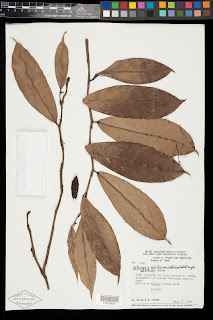I used to enjoy night photography with film, because you never quite knew what you would get. Now with digital photography, I probably enjoy night photography even more precisely because of the instant feedback.
Eiffel Tower at night as seen through a Nikon D50
If you want to try night photography, you will be dealing with very long exposure time since there is not a lot of light at night as far as the camera is concerned. This means, you should have a tripod to get the best results. I don't like lugging a tripod around, so I just place my camera on the ground, or in the case of the picture above, the hand rail on a bridge.
In this picture, my camera was set to ISO 400 and aperture priority. I wanted a long exposure time to burn in the tower and the street lights and I wanted a broad depth of field, so I set the aperture at f16. This resulted in an 8 second exposure. To avoid camera shake from pressing the shutter release, I set the timer and waited.
This is the result:
What the camera recorded
I used Adobe Lightroom to get to the final version. How I did that will have to wait for another post.




